Home>Furniture & Design>Bathroom Accessories>How To Tell What My Bathtub Is Made Of
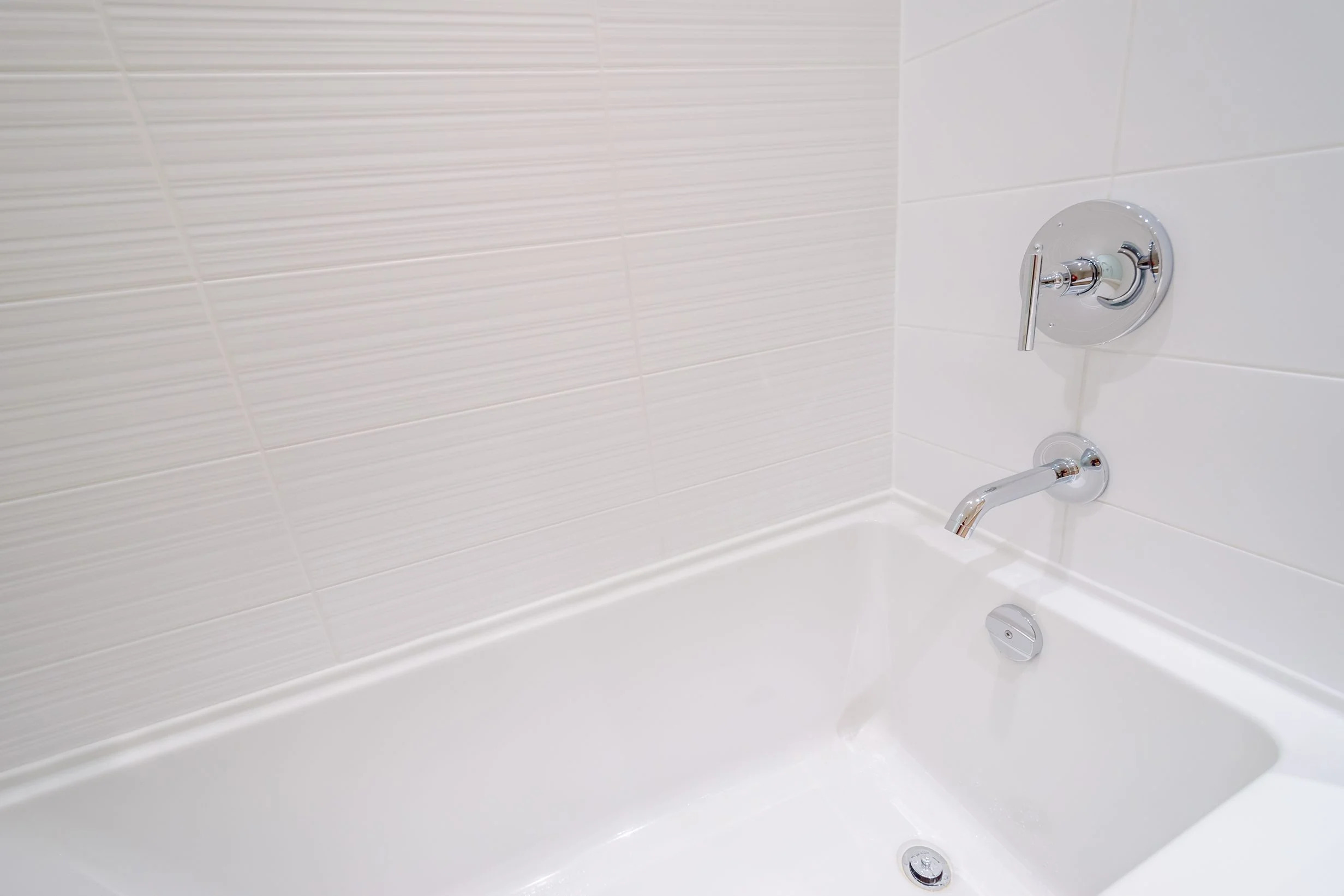

Bathroom Accessories
How To Tell What My Bathtub Is Made Of
Modified: April 22, 2024
Discover how to identify the material of your bathtub and choose the right bathroom accessories for maintenance and style. Explore tips and tricks for determining what your bathtub is made of.
(Many of the links in this article redirect to a specific reviewed product. Your purchase of these products through affiliate links helps to generate commission for Storables.com, at no extra cost. Learn more)
Introduction
When it comes to the sanctuary of relaxation and rejuvenation in your home, the bathtub takes center stage. Whether you prefer a long, luxurious soak or a quick, invigorating shower, the bathtub is an essential fixture in any bathroom. However, have you ever wondered what your bathtub is made of? Understanding the material of your bathtub is crucial for maintenance, repair, and even aesthetic considerations.
Different types of bathtubs are crafted from various materials, each with its own unique characteristics and maintenance requirements. From classic porcelain to modern acrylic, and from durable cast iron to elegant cultured marble, the material of your bathtub can significantly impact its appearance, durability, and performance.
In this comprehensive guide, we will delve into the world of bathtub materials, exploring the distinct features of porcelain, acrylic, fiberglass, cast iron, and cultured marble bathtubs. By the end of this journey, you will have a deeper understanding of the material composition of your bathtub, empowering you to make informed decisions regarding its care and maintenance. So, let's embark on this enlightening exploration of bathtub materials and unravel the mysteries of your beloved bathing haven.
Key Takeaways:
- Discover the magic of bathtub materials! From timeless elegance of porcelain to modern versatility of acrylic, each material offers unique benefits for a luxurious bathing experience.
- Unveil the secrets of bathtub materials! Whether it’s enduring durability of cast iron or captivating elegance of cultured marble, each material shapes the comfort, maintenance, and style of your bathing sanctuary.
Read more: How To Tell What A Bathtub Is Made Out Of
Porcelain Bathtubs
Porcelain bathtubs exude timeless elegance and are renowned for their classic appeal. Crafted from a blend of clay, minerals, and metal, these bathtubs are coated with a layer of porcelain enamel, resulting in a smooth, glossy finish that is not only visually appealing but also highly durable. The porcelain enamel is fired at extremely high temperatures, creating a robust surface that is resistant to scratches, stains, and fading. This exceptional durability ensures that porcelain bathtubs can maintain their lustrous appearance for many years with proper care.
One of the key advantages of porcelain bathtubs is their non-porous nature, which makes them highly resistant to mold, mildew, and bacterial growth. This feature not only contributes to a cleaner and more hygienic bathing environment but also simplifies the cleaning and maintenance process. A gentle wipe with a mild cleanser is usually sufficient to keep a porcelain bathtub looking pristine.
In terms of heat retention, porcelain bathtubs excel in retaining warmth, allowing for a luxurious and comfortable bathing experience. The smooth surface also facilitates easy bathing, as it is gentle on the skin and provides a comfortable resting place for bath accessories.
While porcelain bathtubs boast remarkable durability and aesthetic appeal, they are relatively heavy compared to other materials, which may require additional structural support during installation. Additionally, the glossy surface, while beautiful, can be susceptible to chipping if subjected to heavy impact.
In summary, porcelain bathtubs are a timeless choice for those seeking a blend of elegance, durability, and ease of maintenance. Their non-porous, heat-retaining properties, coupled with their classic aesthetic, make them a popular option for homeowners looking to elevate the ambiance of their bathrooms.
Whether you are drawn to the allure of a vintage clawfoot tub or the sleek lines of a modern drop-in design, a porcelain bathtub can serve as a stunning centerpiece in your bathroom, offering both visual appeal and functional excellence.
Acrylic Bathtubs
Acrylic bathtubs have surged in popularity due to their versatility, durability, and aesthetic appeal. Crafted from vacuum-formed sheets of acrylic reinforced with fiberglass, these bathtubs offer a winning combination of strength and style. The seamless construction of acrylic bathtubs results in a smooth, non-porous surface that is not only visually appealing but also resistant to stains, scratches, and fading.
One of the standout features of acrylic bathtubs is their lightweight nature, making them easier to install compared to heavier materials such as cast iron. This characteristic also allows for greater flexibility in bathroom design, as acrylic bathtubs can be easily maneuvered into various spaces without the need for extensive structural modifications.
In addition to their ease of installation, acrylic bathtubs excel in heat retention, providing a comfortable bathing experience by keeping the water warm for an extended period. The non-porous surface of acrylic bathtubs also contributes to their low-maintenance appeal, as it resists the growth of mold and mildew, simplifying the cleaning process.
Furthermore, acrylic bathtubs are available in a wide range of shapes, sizes, and styles, catering to diverse aesthetic preferences and functional requirements. Whether you prefer a sleek, modern freestanding tub or a space-saving alcove bathtub, acrylic offers versatility in design, allowing you to customize your bathing space according to your unique vision.
While acrylic bathtubs offer numerous advantages, they are not immune to potential drawbacks. Despite their durability, acrylic surfaces may be prone to scratching if abrasive cleaning agents or harsh materials are used. Additionally, while acrylic is resistant to most chemicals, it is important to avoid exposing the surface to strong solvents or abrasive substances that could compromise its integrity.
In summary, acrylic bathtubs are a popular choice for homeowners seeking a harmonious blend of durability, design flexibility, and low maintenance. Their lightweight construction, heat-retaining properties, and wide array of design options make them a versatile and practical choice for modern bathrooms, offering both functionality and aesthetic appeal. Whether you envision a sleek, contemporary soaking tub or a classic, clawfoot-inspired piece, acrylic bathtubs provide a canvas for realizing your bathroom aspirations.
Fiberglass Bathtubs
Fiberglass bathtubs have carved a niche in the realm of bathroom fixtures, offering a compelling blend of affordability, versatility, and durability. These bathtubs are crafted from layers of fiberglass reinforced with resin, resulting in a lightweight yet sturdy construction that has garnered widespread appeal among homeowners and designers alike.
One of the primary advantages of fiberglass bathtubs lies in their lightweight nature, which simplifies the installation process and reduces the need for extensive structural support. This characteristic makes fiberglass bathtubs an attractive option for remodeling projects or new construction, as they can be maneuvered and installed with relative ease, contributing to cost and time savings.
In addition to their ease of installation, fiberglass bathtubs are available in a diverse array of shapes, sizes, and designs, catering to a wide spectrum of aesthetic preferences and spatial requirements. Whether you seek a sleek, modern soaking tub or a space-efficient alcove bathtub, fiberglass offers versatility in design, allowing you to customize your bathing space according to your unique vision.
Furthermore, fiberglass bathtubs are known for their excellent heat retention properties, ensuring that your bathing experience remains comfortable and enjoyable. The non-porous surface of fiberglass bathtubs also contributes to their low-maintenance appeal, as it resists the growth of mold and mildew, simplifying the cleaning process and promoting a hygienic bathing environment.
While fiberglass bathtubs offer numerous advantages, it is important to note that they may be more susceptible to scratching and fading compared to other materials such as porcelain or acrylic. Care should be taken to use gentle cleaning agents and non-abrasive materials to preserve the surface integrity of fiberglass bathtubs over time.
In summary, fiberglass bathtubs represent a practical and cost-effective choice for homeowners seeking a durable, lightweight, and customizable bathing solution. Their versatility in design, excellent heat retention, and low-maintenance properties make them a compelling option for modern bathrooms, offering both functionality and aesthetic appeal. Whether you envision a contemporary, freestanding tub or a traditional, alcove-style fixture, fiberglass bathtubs provide a canvas for realizing your bathroom aspirations.
To determine what your bathtub is made of, you can perform a simple scratch test. Use a coin or key to scratch a small, inconspicuous area. If the material is easily scratched, it’s likely fiberglass or acrylic. If it’s hard to scratch, it may be porcelain or enamel-coated steel.
Cast Iron Bathtubs
Cast iron bathtubs stand as enduring symbols of timeless elegance and unparalleled durability. Crafted from molten iron that is poured into a mold, these bathtubs boast a robust construction that has stood the test of time, making them a coveted choice for discerning homeowners seeking a luxurious bathing experience.
One of the defining features of cast iron bathtubs is their exceptional durability. The solid iron construction results in a substantial weight that contributes to the bathtub's stability and longevity. This durability ensures that cast iron bathtubs can withstand the rigors of daily use, maintaining their exquisite appearance and structural integrity for decades.
In addition to their remarkable durability, cast iron bathtubs excel in heat retention, offering a luxurious bathing experience by keeping the water warm for an extended period. This feature allows for indulgent soaks and provides a comforting respite from the demands of daily life, creating a sanctuary of relaxation within the confines of your bathroom.
Furthermore, cast iron bathtubs are revered for their timeless aesthetic appeal. The smooth, glossy enamel finish not only exudes a sense of opulence but also serves as a canvas for a wide range of design options, from classic clawfoot tubs to sleek, modern silhouettes. This versatility in design allows homeowners to personalize their bathing space, infusing it with their unique style and preferences.
While cast iron bathtubs offer unparalleled durability and aesthetic appeal, it is important to consider their weight during installation. Due to their substantial heft, cast iron bathtubs may require additional structural support, which should be factored into the planning and installation process. However, this weight also contributes to the bathtub's stability and luxurious feel, enhancing the overall bathing experience.
In summary, cast iron bathtubs embody a harmonious blend of enduring elegance, exceptional durability, and luxurious comfort. Their timeless appeal, coupled with their superior heat retention properties, makes them a sought-after choice for homeowners seeking a statement piece for their bathrooms. Whether you are drawn to the classic allure of a clawfoot tub or the sleek lines of a modern design, a cast iron bathtub serves as a captivating centerpiece, elevating the ambiance of your bathing sanctuary.
Read more: What Is A Bathtub Made Of?
Cultured Marble Bathtubs
Cultured marble bathtubs represent a harmonious fusion of elegance, durability, and versatility, making them a captivating choice for homeowners seeking a luxurious bathing experience. Crafted from a blend of crushed marble stone and high-strength resin, these bathtubs exude a timeless charm while offering practical benefits that elevate the ambiance of any bathroom.
One of the defining features of cultured marble bathtubs is their exquisite aesthetic appeal. The incorporation of genuine marble particles in the manufacturing process results in a lustrous, marble-like surface that emanates opulence and sophistication. This luxurious finish not only adds a touch of grandeur to the bathing space but also provides a visually captivating focal point, transforming the bathroom into a sanctuary of indulgence.
In addition to their captivating appearance, cultured marble bathtubs boast exceptional durability. The combination of marble particles and resin creates a robust, non-porous surface that is resistant to stains, scratches, and chipping, ensuring that the bathtub maintains its pristine appearance for years to come. This durability not only enhances the longevity of the bathtub but also simplifies maintenance, as the non-porous surface resists the growth of mold and mildew, promoting a hygienic bathing environment.
Furthermore, cultured marble bathtubs offer a wide array of design options, allowing homeowners to personalize their bathing space according to their unique preferences. Whether you envision a sleek, modern freestanding tub or a classic, alcove-style fixture, cultured marble provides versatility in design, catering to diverse aesthetic sensibilities and spatial requirements. This design flexibility empowers homeowners to create a customized bathing sanctuary that reflects their individual style and vision.
Moreover, cultured marble bathtubs excel in heat retention, ensuring that the bathing experience remains comfortable and indulgent. The ability of the material to retain warmth adds a luxurious dimension to the bathing ritual, allowing for extended relaxation and rejuvenation within the confines of the bathtub.
In summary, cultured marble bathtubs stand as a testament to the seamless integration of timeless elegance and practical functionality. Their captivating aesthetic, exceptional durability, design versatility, and superior heat retention properties make them a compelling choice for homeowners seeking a sophisticated and indulgent bathing experience. Whether you are drawn to the allure of a classic, marble-inspired tub or the sleek lines of a modern design, a cultured marble bathtub serves as a captivating centerpiece, elevating the ambiance of your bathing sanctuary.
Conclusion
In the realm of bathroom design and functionality, the material composition of a bathtub plays a pivotal role in shaping the overall bathing experience. From the timeless allure of porcelain to the modern versatility of acrylic, and from the enduring durability of cast iron to the luxurious elegance of cultured marble, each material offers a unique set of characteristics that cater to diverse preferences and practical requirements.
As we conclude this enlightening exploration of bathtub materials, it becomes evident that the choice of material is not merely a matter of aesthetics but also a reflection of durability, maintenance considerations, and the overall ambiance of the bathing space. Porcelain bathtubs stand as timeless symbols of elegance, boasting exceptional durability and a classic aesthetic that transcends trends. Their non-porous nature and heat-retaining properties make them a popular choice for those seeking a blend of sophistication and practicality.
Acrylic bathtubs, with their seamless construction, lightweight nature, and design versatility, offer a compelling option for modern bathrooms. Their ability to retain warmth and resist stains, coupled with a wide array of design options, makes them a practical and visually appealing choice for homeowners seeking a harmonious blend of durability and style.
Fiberglass bathtubs, known for their affordability, lightweight construction, and excellent heat retention, present a compelling solution for those seeking a customizable and low-maintenance bathing option. Their versatility in design and ease of installation make them a practical choice for various bathroom settings.
Cast iron bathtubs, revered for their enduring elegance, exceptional durability, and superior heat retention, stand as a testament to timeless luxury. Their substantial weight and timeless aesthetic make them a sought-after choice for homeowners seeking a statement piece for their bathing sanctuaries.
Cultured marble bathtubs, with their captivating aesthetic, exceptional durability, design versatility, and superior heat retention properties, represent a seamless integration of timeless elegance and practical functionality. Their ability to transform the bathing space into a sanctuary of indulgence makes them a compelling choice for those seeking a sophisticated and luxurious bathing experience.
In essence, the material of a bathtub not only influences its visual impact but also shapes the comfort, maintenance requirements, and longevity of the bathing fixture. By understanding the distinct characteristics of each material, homeowners can make informed decisions that align with their preferences, lifestyle, and the overall vision for their bathing sanctuary. Whether it's the enduring appeal of cast iron, the modern versatility of acrylic, or the timeless elegance of porcelain, the material of a bathtub serves as a defining element in creating a bathing space that seamlessly blends functionality, style, and comfort.
Frequently Asked Questions about How To Tell What My Bathtub Is Made Of
Was this page helpful?
At Storables.com, we guarantee accurate and reliable information. Our content, validated by Expert Board Contributors, is crafted following stringent Editorial Policies. We're committed to providing you with well-researched, expert-backed insights for all your informational needs.
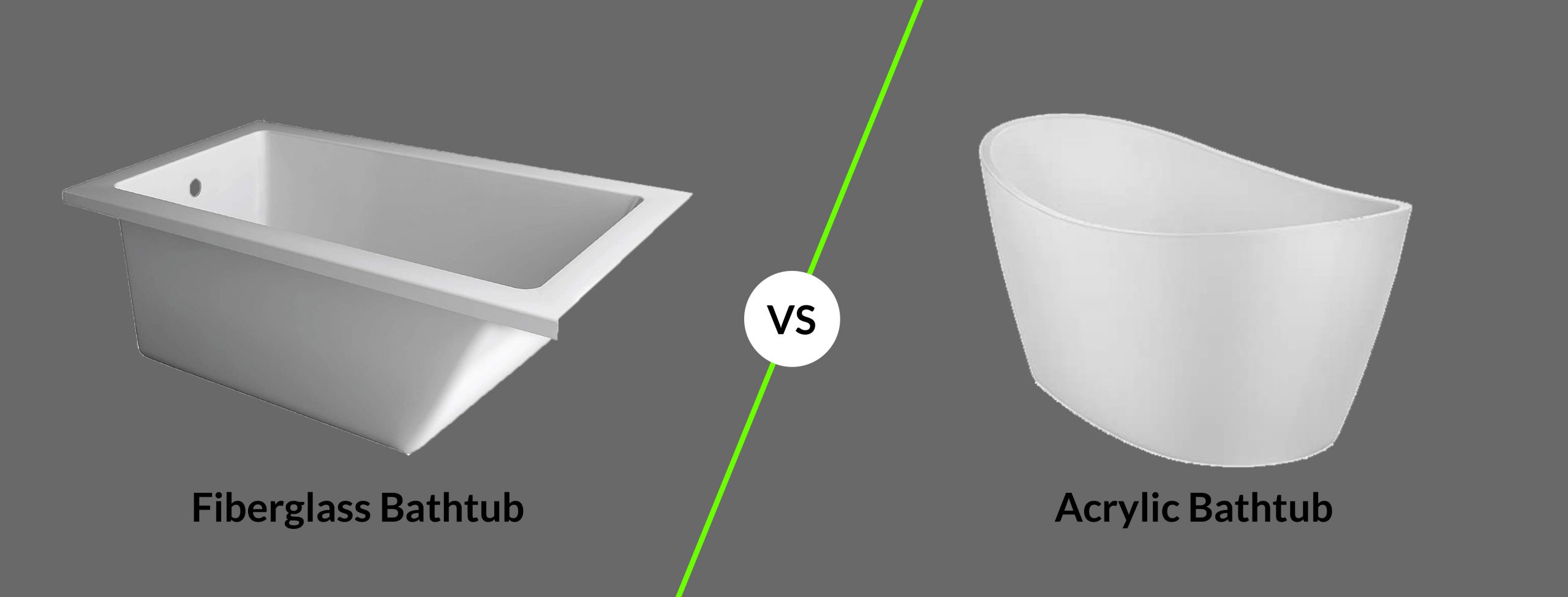


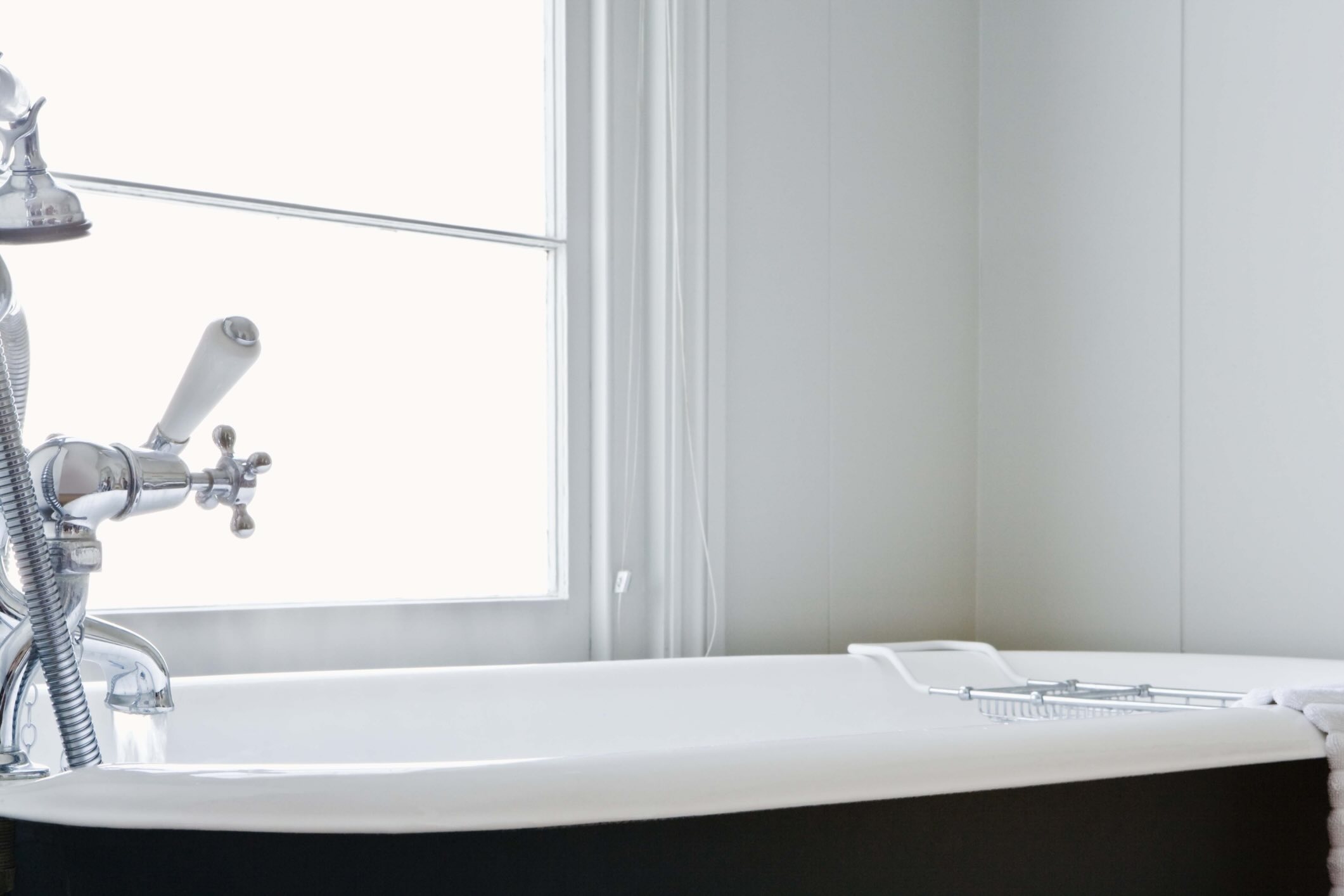
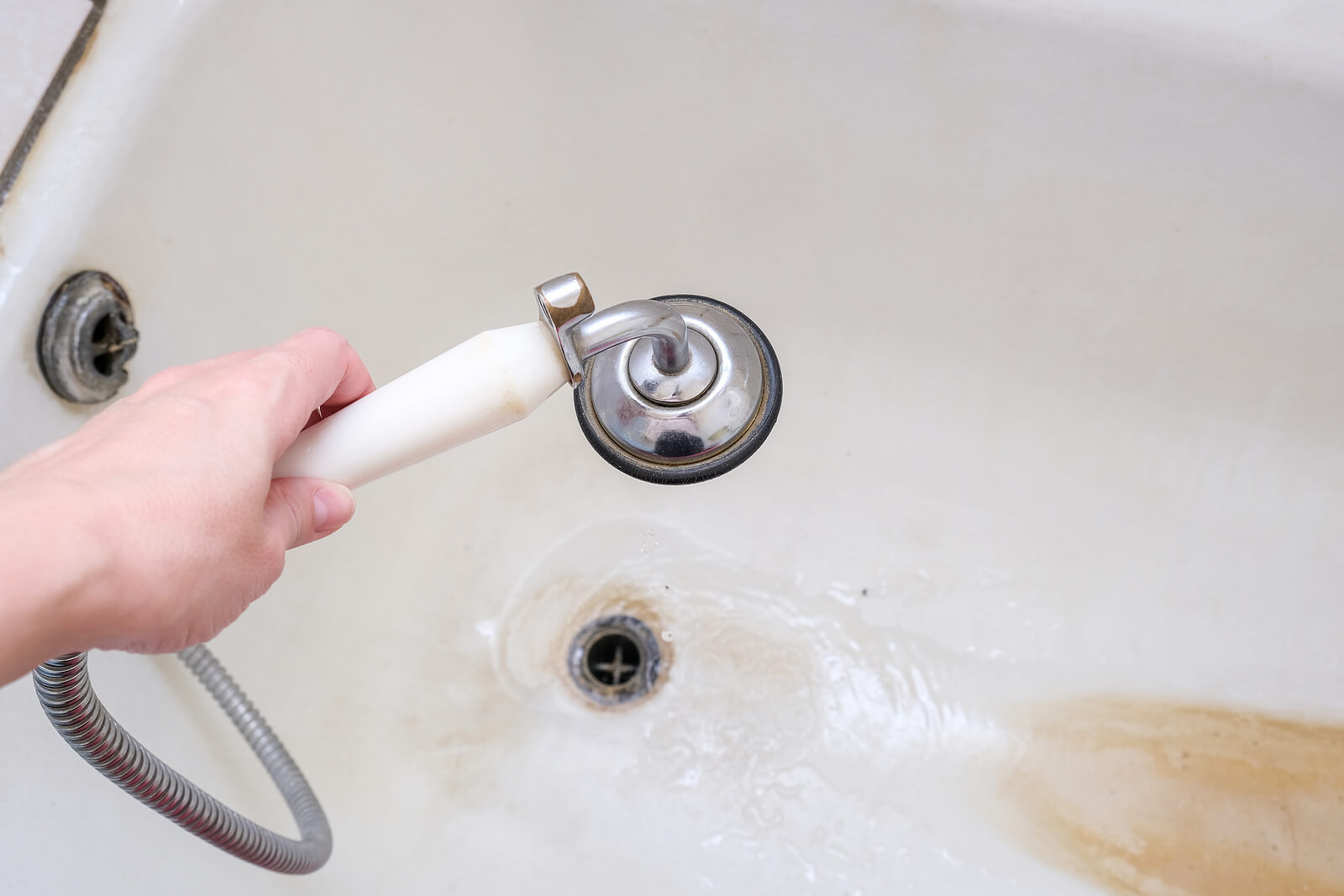


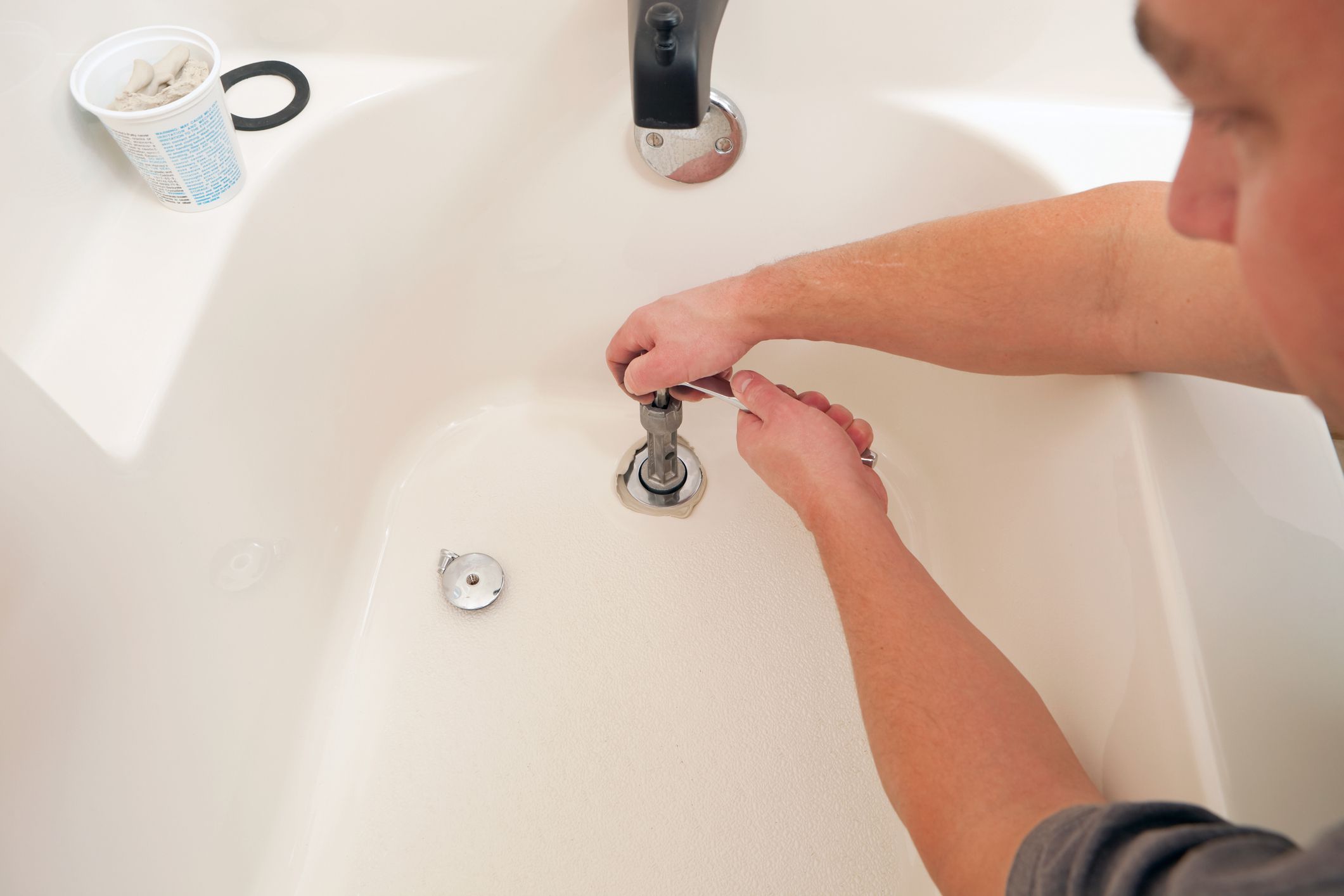
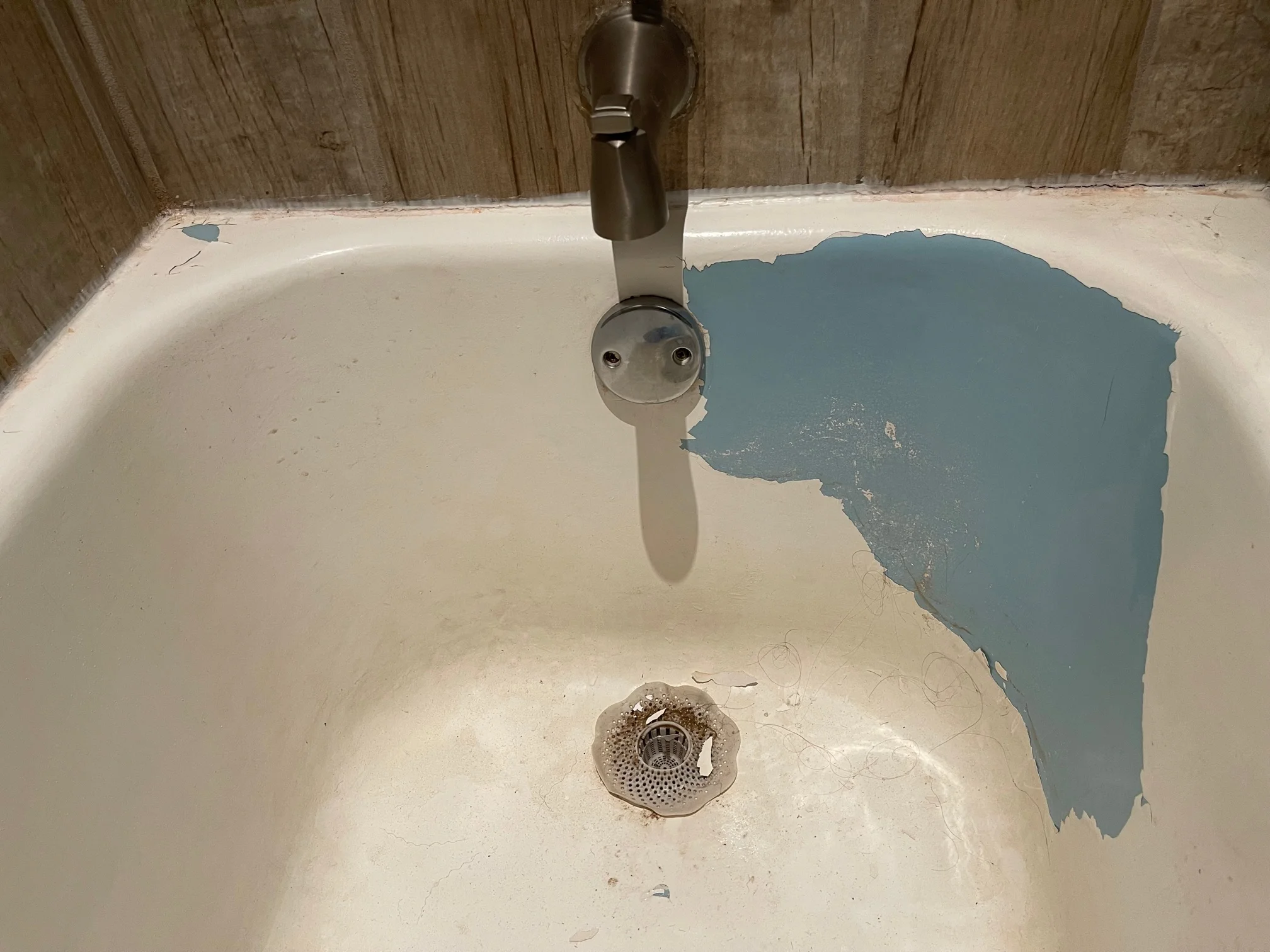
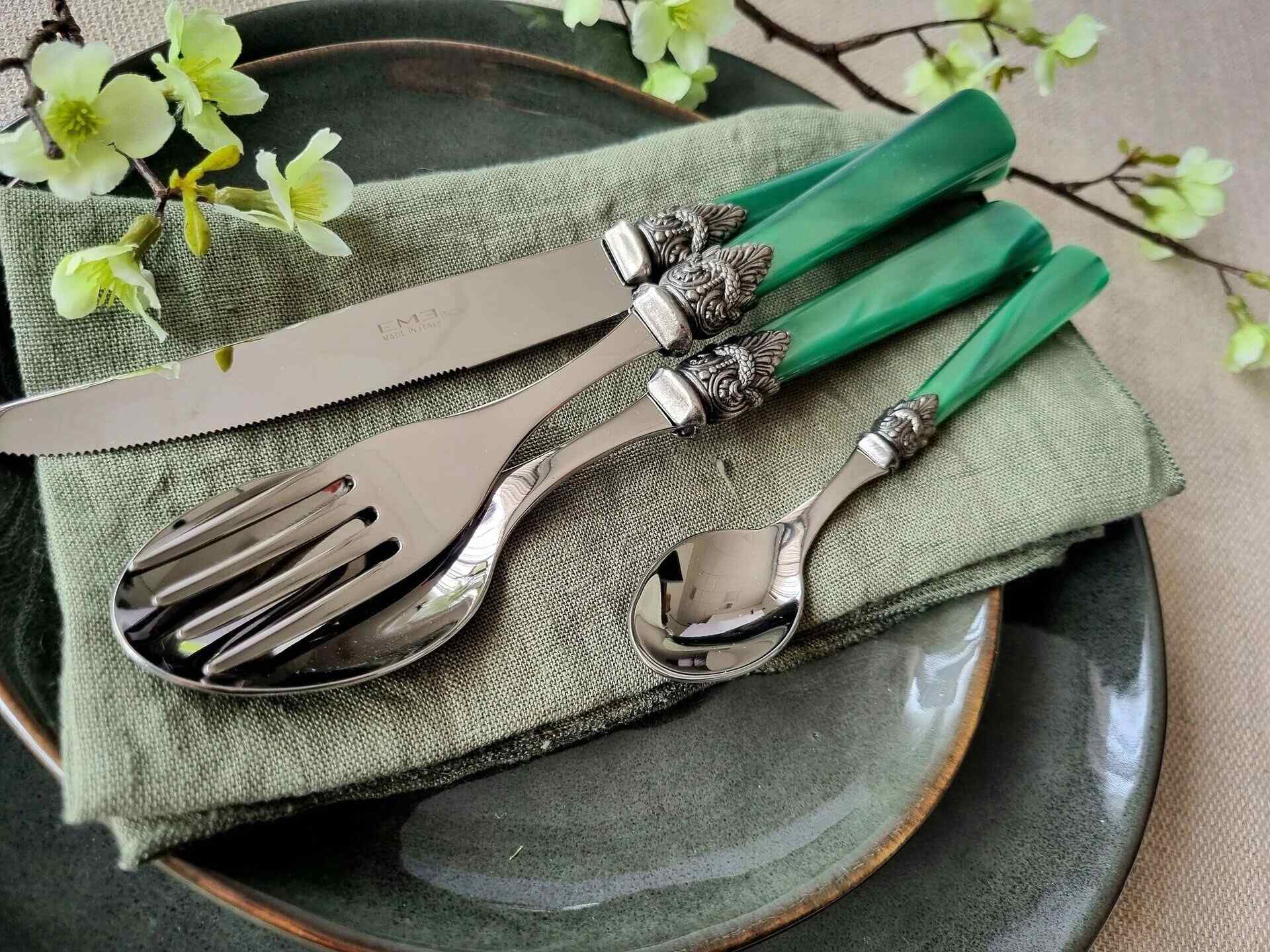

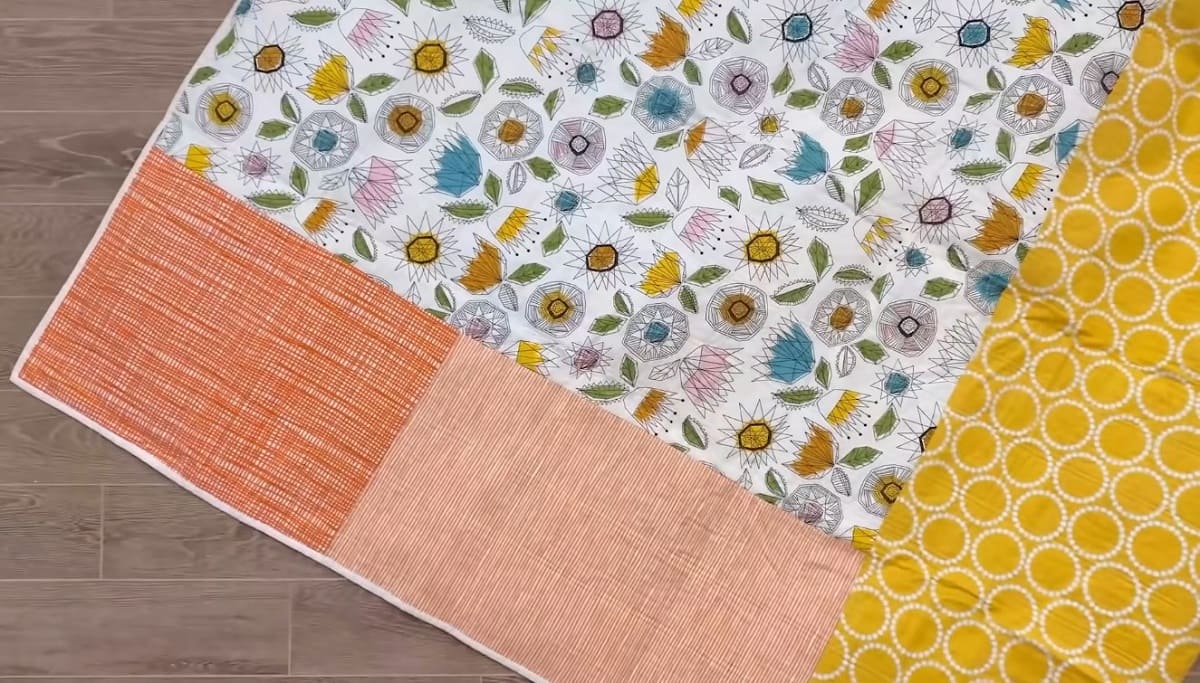
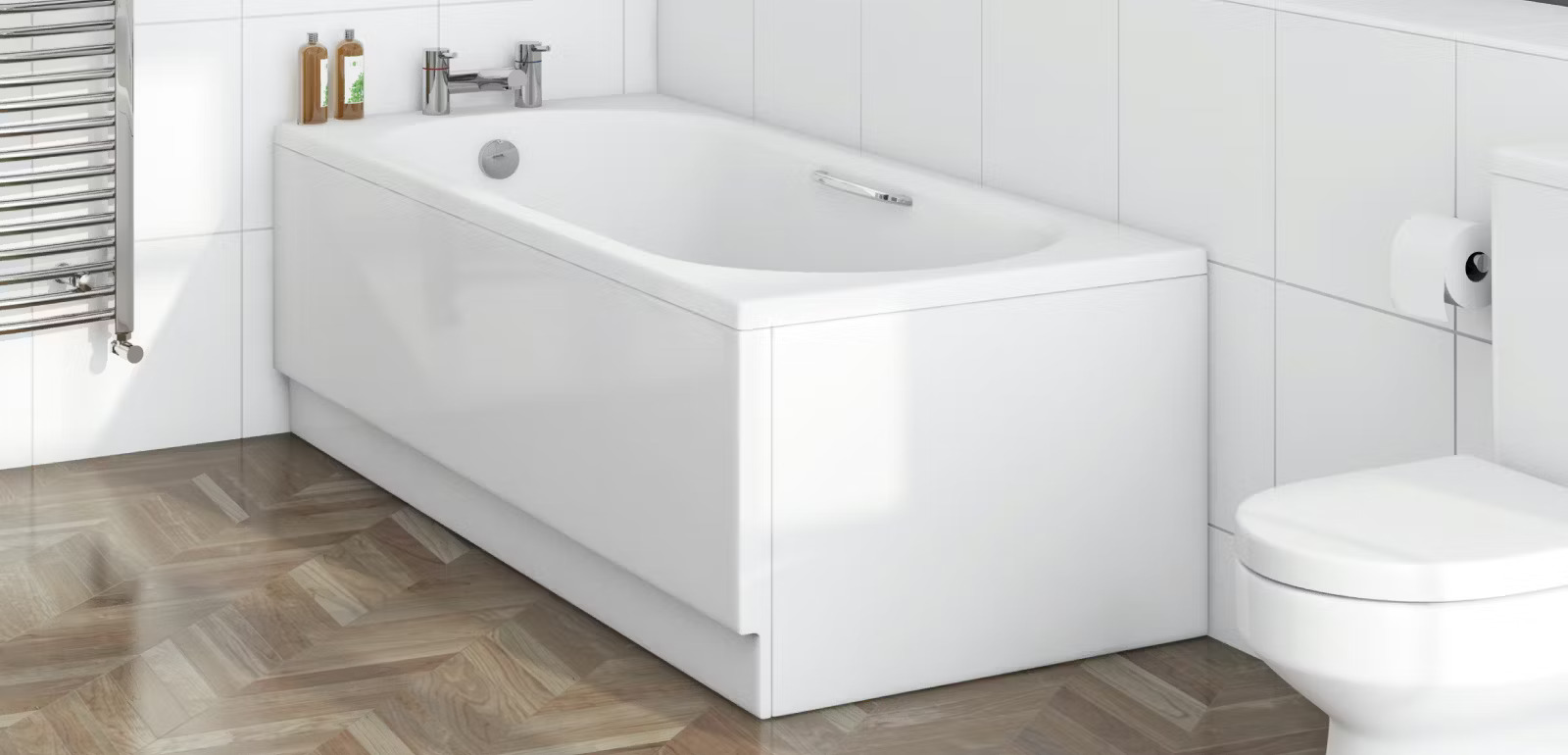


0 thoughts on “How To Tell What My Bathtub Is Made Of”